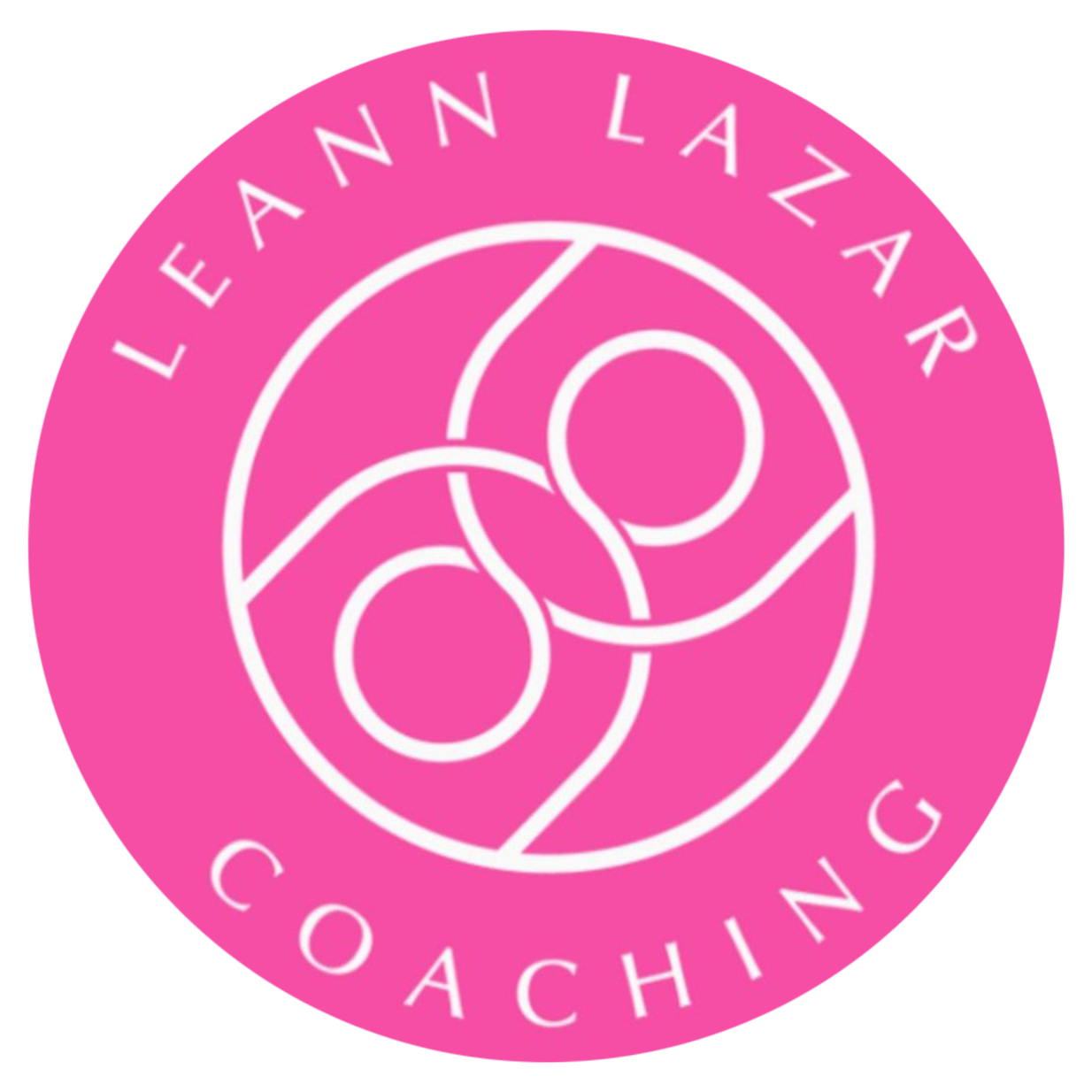Master the Art of Change: Practical Strategies to Build Resilience and Thrive
Change is a constant in life, and our ability to adapt to it can make all the difference between thriving and simply surviving. Whether it’s a major life transition like divorce or smaller day-to-day adjustments, building resilience and adaptability is a skill that can help you navigate challenges with grace.
Discover actionable strategies to expand your capacity for change, boost emotional resilience, and embrace personal growth no matter where you are in your life journey.
What Is Capacity for Change?
The capacity for change refers to your ability to adapt to new situations, challenges, and circumstances. It’s the flexibility to embrace change rather than resist it, and the resilience to recover from setbacks while continuing to grow.
This capacity isn’t fixed; it’s a skill you can develop over time. Expanding your capacity for change equips you to handle life’s uncertainties with confidence and strength. Think of it as a muscle—one that gets stronger with consistent effort and practice.
Why the Capacity for Change Is Essential
Life is unpredictable, presenting us with unexpected twists, from career transitions to personal hardships. The ability to adapt doesn’t come naturally to everyone, but it is something we can intentionally develop. Strengthening this skill enables you to approach challenges with confidence and prepares you for life’s inevitable transitions.
The good news? You can start small and build this capacity over time.
Small Steps Lead to Big Changes
The process of expanding your capacity for change begins with small, manageable steps that can be incorporated into your daily life.
1. Start with Exercise
Physical activity is a simple and effective way to test your adaptability. Committing to a new workout routine or trying a different form of exercise challenges you to step out of your comfort zone. For example:
Morning walks can help establish consistency.
Strength training builds not just physical strength but also mental discipline.
2. Alter One Habit at a Time
Your habits form the foundation of your routines and lifestyle. By changing just one habit—such as drinking more water or practicing daily gratitude—you create a ripple effect that reshapes your entire day.
3. Practice Mindfulness
Incorporating mindfulness practices like meditation or journaling helps you stay present and manage stress effectively. A few minutes a day can dramatically improve your ability to cope with uncertainty.
Building Emotional Resilience
Adapting to change isn’t just about altering your external habits; it’s also about fostering emotional resilience. Emotional resilience allows you to face life’s challenges with a clear mind and open heart. Here are key strategies:
Engage in Difficult Conversations
Hard conversations are often where emotional growth happens. Whether it’s addressing conflict or setting boundaries, these moments teach you to navigate discomfort while strengthening relationships.
Be Kind to Yourself
Self-compassion is essential. When you encounter setbacks, treat yourself with the same understanding you’d offer a friend. Growth is a process, not a destination.
Reflect and Adjust
Take time to reflect on your emotions and responses to life’s challenges. Journaling or talking with a trusted friend can help you process experiences and recognize patterns that need adjusting.
Real-Life Resilience in Action
The importance of adaptability is vividly illustrated by real-life experiences, such as co-parenting during a family health crisis. Managing the complexities of an ex-partner’s ALS diagnosis while balancing professional and parental responsibilities required emotional flexibility and practical problem-solving.
This example highlights how expanding emotional capacity—through self-care, open communication, and proactive planning—can empower you to not just survive challenges but grow from them.
The Key to Proactive Growth
One of the most impactful ways to build your capacity for change is to approach personal growth proactively. Instead of waiting for a crisis to force transformation, start by:
Setting Achievable Goals: Choose one small change to focus on each month. For instance, commit to preparing healthier meals or establishing a bedtime routine.
Stepping Outside Your Comfort Zone: Take up a new hobby or challenge yourself with a task you’ve been avoiding.
Building a Support Network: Surround yourself with people who encourage growth and provide accountability.
Take the First Step Today
You don’t need to overhaul your entire life to start building resilience. Choose one habit to change—whether it’s committing to daily exercise, practicing mindfulness, or initiating a challenging conversation—and take that first step toward a stronger, more adaptable you.
If you’re navigating a significant life transition, like healing after divorce, resources like the 7 Ways To Prioritize Yourself After Divorce workbook can offer guidance and support.
Final Thoughts
Change doesn’t have to feel overwhelming. By starting small, cultivating emotional resilience, and taking a proactive approach, you can embrace change as an opportunity for growth. Each step you take builds confidence, adaptability, and a stronger foundation for the future.
Ready to start your journey? Begin today.
